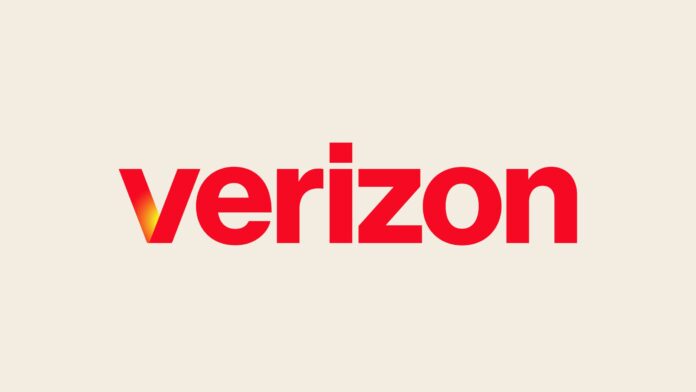For Verizon, Starry represents a strategic solution to challenges related to how 5G-based FWA impacts cell performance
Verizon has had an eventful week with three major announcements: the departure of CEO Hans Vestberg, a direct-to-device deal with AST SpaceMobile, and the acquisition of struggling fixed wireless provider Starry Internet.
Leadership change
Hans Vestberg is stepping down after nearly nine years as CEO, transitioning to a special advisor role while remaining on the board. During Vestberg’s tenure, Verizon’s share price declined from $52.27 to $39.75, and the company lost 838,000 mobile subscribers over the past three years, bringing its total to 74.36 million—well behind AT&T’s 118.2 million and T-Mobile’s 132.8 million.
The Starry acquisition
Starry Internet, founded in 2016, pioneered mmWave-based fixed wireless access using the 24 GHz, 37 GHz, and 60 GHz bands. The company deployed phased-array antennas on building rooftops to serve multiple-dwelling units (MDUs), with each base station covering approximately 1.5 kilometers. Despite innovative technology, Starry struggled with weather-related signal degradation and ultimately filed for Chapter 11 bankruptcy in 2022 after going public via a SPAC merger.
The company emerged from bankruptcy in 2024 with about 100,000 MDU customers across five major markets: Boston, New York, Los Angeles, Denver, and Washington D.C. Starry offered tiered pricing from $30/month for 200 Mbps to $75/month for 1 Gbps service—competitive with Verizon’s existing 5G Home Internet offerings.
The undisclosed acquisition price appears modest enough to be considered immaterial to Verizon’s financial reporting. For Verizon, Starry represents a strategic solution to a critical challenge: 5G-based FWA heavily impacts cell performance due to high home data usage. By leveraging Starry’s mmWave infrastructure for high-density urban MDUs, Verizon can offload FWA customers from its primary mobile network, preserving capacity for mobile subscribers.
Verizon stated the acquisition will help accelerate its plan to double its FWA customer base to 8-9 million by 2028, though messaging around current subscriber counts — just more than 5 million with 278,000 added in Q2 — appears somewhat contradictory.
AST SpaceMobile partnership
Days before the Starry announcement, Verizon formalized a definitive commercial agreement with AST SpaceMobile for direct-to-device (D2D) satellite connectivity launching in 2026. This updates a 2024 deal in which Verizon committed $100 million to the company, following successful tests of messaging, voice calls, and broadband services.
The partnership will utilize Verizon’s 850 MHz spectrum through AST’s low-earth-orbit constellation to provide nationwide coverage across the continental United States. While AST SpaceMobile operates its own L-band and S-band spectrum, the arrangement allows the satellite network to leverage its mobile operator partners’ existing spectrum allocations.
The D2D approach offers another network densification strategy, though it faces limitations for indoor use — where 70-80% of mobile data traffic originates — due to line-of-sight requirements. AT&T has also invested in AST SpaceMobile, while rival T-Mobile partnered with SpaceX’s Starlink for its D2D platform. SpaceX recently acquired significant spectrum from EchoStar’s Dish operations, though EchoStar maintains plans to launch its own D2D constellation.
Competitive landscape
Verizon’s challenges extend beyond mobile subscribers. In fixed broadband, its 5 million customers (combining fixed-line and FWA) trail T-Mobile’s 7 million and AT&T’s 14 million. All three lag far behind cable providers, with Comcast holding 32 million subscribers, Charter 31 million, and Cox 6.5 million — the latter two planning to merge.
Under Vestberg’s leadership, Verizon’s debt and revenue remained relatively flat while headcount nearly halved from 144,500 to approximately 100,000 employees.
Conclusion
The convergence of these developments signals Verizon’s strategic pivot under new leadership. The Starry acquisition, while small in scale, addresses a technical constraint that has limited FWA expansion, while the AST SpaceMobile partnership positions Verizon to compete in the emerging satellite connectivity market. However, incoming CEO Dan Schulman inherits significant challenges: a shrinking mobile subscriber base, a distant third-place position in broadband, and mounting pressure from both telecom rivals and dominant cable operators. Whether these tactical moves can reverse Verizon’s market share erosion remains to be seen, but they represent a clear acknowledgment that the company’s previous strategy required recalibration.

